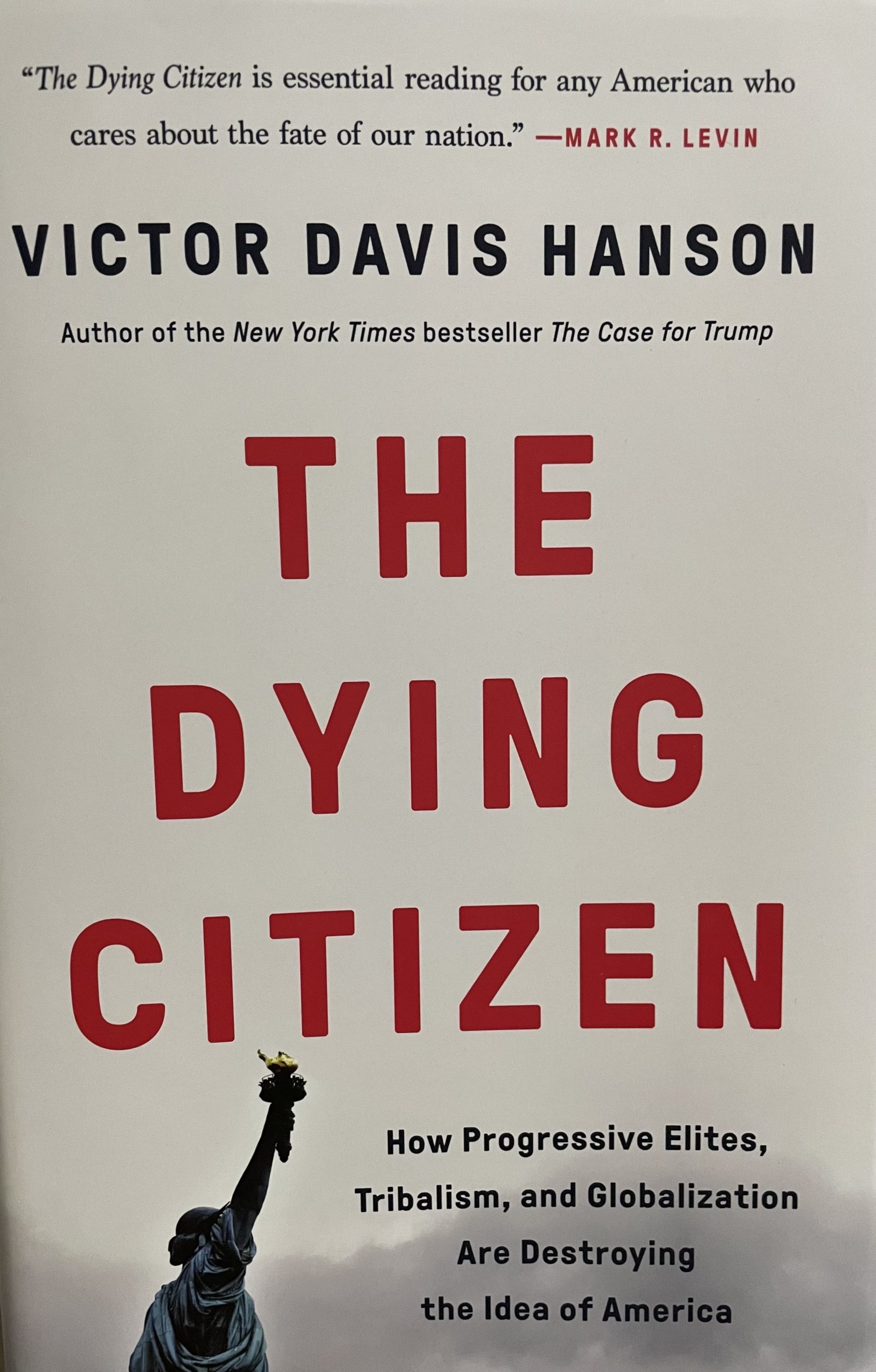George Orwell might have been amused. Academia is well on its way to quite literally becoming Animal Farm.
 Indeed, the very first day of the latest Modern Language Association (MLA) convention featured a panel on “New Animals: Critical Theory After Posthumanism.”
Indeed, the very first day of the latest Modern Language Association (MLA) convention featured a panel on “New Animals: Critical Theory After Posthumanism.”
“The animality of the dog is very different from the animality of the whale,” Moira Weigel, a Ph.D. candidate from Yale explained. She is trying to “present alternatives to the language of domination and violence that still dominates the treatment of animals in films.”
“Moira’s academic interests revolve around the intersections of film, literature, and philosophy,” her web site explains. “Her dissertation, Facing Animals in the Age of Celluloid, considers a series of sites where modern urban people still encountered animals that became popular settings for books and movies: the laboratory, sea voyage, circus, zoo, and slaughterhouse.”
“She examines how filmmakers and writers used these settings in order to investigate what it meant to be human, and whether older forms of humanism still had any value, in an age of dead gods and new machines.”
Actually, when you get past the politically correct jargon that frames all of the above, you find that she has actually done something arguably admirable. At a minimum, she has resurrected something that should not be forgotten: the breathtaking photography and video contributions of pioneering photojournalist J. E. Williamson and his stunning images of life on the ocean floor.










